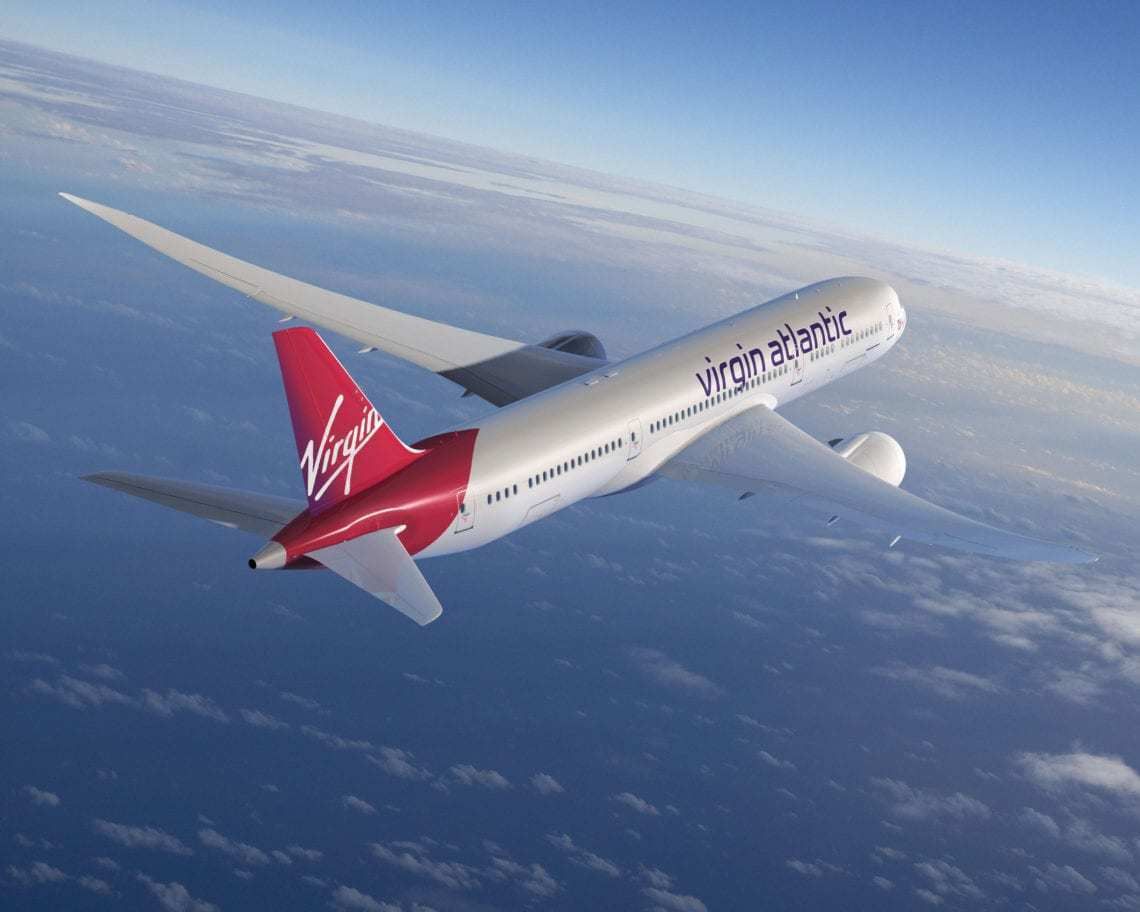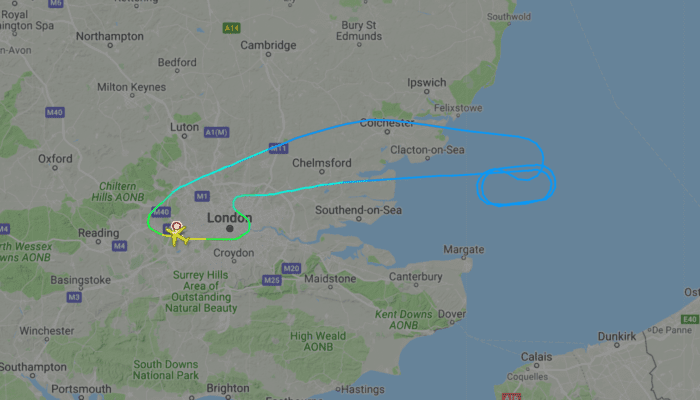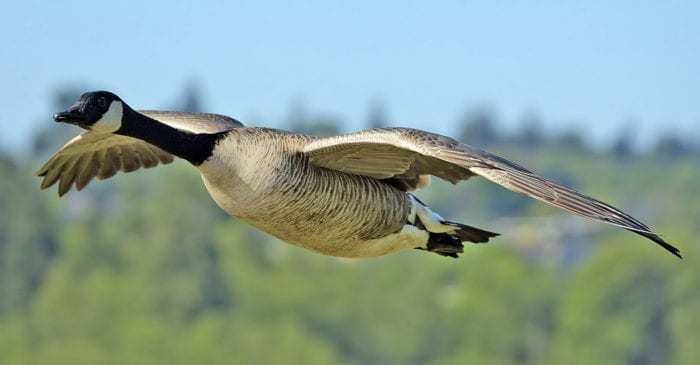Virgin Atlantic flight VS250 was taking off for Shanghai from London on Friday, May 3rd, when a birdstrike forced the aircraft to turn back. Bad luck for the passengers, and for the bird, but we do have to award the bird a posthumous gold star for incredible aim.A Virgin Atlantic 787-9 Dreamliner had to abort its flight from London to Shanghai after being hit by a bird. Although birdstrikes are not uncommon in aviation, this one was incredibly unlucky for Virgin.Of all the places the bird could have hit the plane, he had to pick one of the most fragile. The strike occurred right in the center of the nose cone, which is unfortunately something of a weak spot, and meant that the flight could not continue.
What happened?
On Friday May 3rd, Virgin Atlantic flight VS250 was taking off from London Heathrow to travel to Shanghai. The 787-9 operating the flight, registration G-VZIG, pushed back at 15:38, around 20 minutes behind schedule, and took off as normal.
However, on the climb from the runway the aircraft suffered a serious birdstrike. The bird, species unknown, hit the aircraft square on the nose, denting the nose cone and forcing the crew to turn back. You have to admit, judging by the photo shared by Klaus D. Schinzel on Twitter, that bird had incredible aim!
The crew made the decision to stop the climb at FL180 and return to the airport. The aircraft landed safely around an hour after departure. None of the passengers or crew were any the worse for wear after the experience, although the same can’t be said for the bird.
According to reports on AvHerald, a replacement Dreamliner was dispatched as quickly as possible and the flight landed safely at Shanghai around three hours late. G-VZIG was on the ground for a reported 41 hours getting repairs, but is now showing to be back in service having completed a LHR-LAX return journey yesterday.
How common are birdstrikes?
Having a bird hitting a plane is a relatively common occurrence. According to Wikipedia, there are more than 13,000 bird strikes each year just in the US. Just last month an American Airlines E190 had to make an emergency landing following a birdstrike, and in January it was reported that United Airlines had the windshield of a 767 shatter in midair after a bird took the wrong path.
Most birdstrikes occur in species that move in large flocks. Geese and gulls are among the worst culprits, and waterfowl are reported to be responsible for 30% of bird strikes in the US. In terms of damage, the bigger the bird, the more damage it does. In the US, turkey vultures are the most dangerous, followed by Canada geese and white pelicans.
To reduce the risk of bird strikes, airports employ a number of bird repellent measures. These range from spikes on buildings and signs to auditory repellants and habitat manipulation – i.e. removing their food source locally.
Birdstikes are a headache for carriers, with the UK’s Central Science Laboratory estimating them to cost in the region of $1.2bn a year. However, passengers shouldn’t be worried as the majority of the time they are harmless, if irritating, events. Only 250 people have been killed worldwide by wildlife strikes since 1988, which is about one per one billion flying hours.



